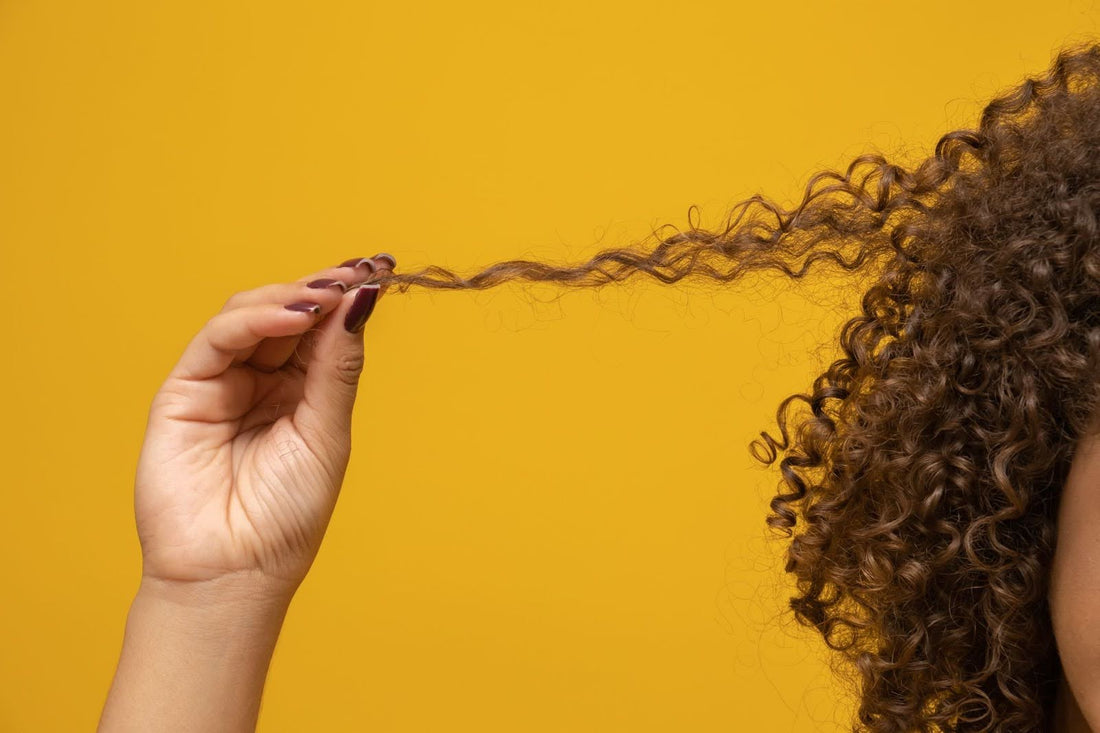Trichotillomania is a condition often hidden in plain sight, marked by an irresistible urge to pull out one's hair, leading to noticeable hair loss and distress. For those living with trichotillomania, everyday interactions can become a battleground of self-consciousness and anxiety.
Cognitive Behavioral Therapy (CBT) has emerged as a beacon of hope for many battling this condition. CBT is a form of therapy that focuses on changing unhelpful behaviors and thought patterns. Its structured approach allows people to learn and adopt new skills that can manage the complications associated with hair pulling.
The Critical Role of CBT in Managing Trichotillomania
Cognitive Behavioral Therapy's strength lies in its ability to untangle the web of negative thought patterns and behaviors associated with trichotillomania. By focusing on the "here and now," CBT helps individuals understand the triggers of their hair pulling. It then equips them with strategies to counter this urge.
Here's how:
- Identifying Triggers: Recognizing situations, emotions, or thoughts that lead to hair pulling is pivotal. CBT helps individuals become more aware of these triggers to preempt the action.
- Breaking the Pattern: CBT introduces alternative responses when individuals feel compelled to pull their hair. This might include clenching fists, playing with a stress ball, or engaging in a different, non-destructive activity.
- Encouraging Positive Thought Patterns: Negative self-talk can worsen trichotillomania. CBT teaches people to challenge and reframe these thoughts into something more positive and realistic.
Key CBT Strategies:
- Habit Reversal Training (HRT): This is a cornerstone of CBT for trichotillomania aimed at learning to recognize the urge to pull and then substituting hair pulling with a less harmful behavior.
- Cognitive Restructuring: This involves identifying and challenging irrational beliefs that contribute to trichotillomania, essentially rewiring the thought process to be more constructive.
Custom Approaches in Trichotillomania Therapy
For those navigating the challenges of trichotillomania, therapy should be as unique as the individuals seeking help. A one-size-fits-all approach simply doesn't cut it when managing a condition that is deeply personal and intricately linked to one's habits and emotions. That's why personalizing trichotillomania therapy, often grounded in Cognitive Behavioral Therapy (CBT), is vital for effective management.
Personalized therapy plans can take into account the triggers, environments, and emotional contexts unique to each person. They can be crafted to fit into one's lifestyle, making the application of therapy more practical and impactful. Part of this custom approach involves developing keen awareness, an essential skill that supports early identification and intervention during hair-pulling episodes.
Here are some practical tips for incorporating CBT techniques into daily routines:
- Monitor, Record, and Establish Cues: Keep a habit diary to track hair-pulling episodes and establish physical or visual reminders to prompt CBT techniques when a potential episode is emerging.
- Set clear goals: Define what success looks like on a daily or weekly basis, and celebrate small victories.
- Practice competing responses: When the urge to pull arises, engage in an alternative activity that keeps your hands busy, like squeezing a stress ball or knitting.
- Seek Support: Sometimes, it's just helpful to talk. Join support groups where you can learn from and share with others who understand your journey.
Each of these steps is crafted with the goal of making the therapy experience directly beneficial and relatable to anyone struggling with trichotillomania. The ultimate aim is to empower individuals to manage their behavior in a way that fits seamlessly into their lives.
Technology and Community: Trichotillomania Therapist Approaches
Technology and the power of community are transforming the landscape of trichotillomania therapy. Innovative solutions like the Keen2 BFRB bracelet from HabitAware are setting new standards in awareness and habit intervention, ingredients crucial to the success of Cognitive Behavioral Therapy (CBT).
The Keen2 Smartwatch is designed to increase self-awareness. When it detects the specific gesture associated with hair pulling, it sends a gentle vibration, offering a moment of mindfulness that can interrupt the habit cycle.
In addition to technological aids, a sense of belonging can significantly boost one's ability to manage trichotillomania. HabitAware has fostered a community-focused approach, providing virtual peer coaching and recovery eCourses that bring people together. The value of this community support is multifold:
- Shared Experiences: Connecting with others who have similar challenges can offer comfort and reduce feelings of isolation.
- Peer Coaching: Engaging with a trichotillomania therapist and others who have walked a similar path can provide personalized strategies and a unique understanding of the struggle.
- Education: Recovery eCourses and other educational resources help individuals build a knowledge base for managing BFRBs more effectively.
By utilizing technology like the Keen2 Smartwatch alongside the power of a supportive community, individuals living with trichotillomania are empowered to reclaim control and build a toolkit for long-term management. These resources, when integrated with CBT, create a synergy that fosters a positive path toward recovery.
A Holistic Approach to Trichotillomania Recovery
Overcoming trichotillomania, like many journeys to better mental health, often requires a holistic approach. This means looking beyond the immediate habit and addressing wider aspects of our lives. Here's how you can tie everything together for lasting change:
- Stress and Lifestyle Management: Incorporate stress and lifestyle management into daily routines to support your treatment progress. This includes adopting habits that contribute to overall well-being like mindfulness, exercise, creating a balanced daily schedule, and engaging in constructive activities.
- Professional Support: Never underestimate the value of ongoing support from mental health professionals. This can include:
- Regular CBT sessions
- Support groups specifically for those with BFRBs
- Check-ins with a dermatologist or primary care provider as needed
Combining these strategies with the right therapy and technological aids, such as the Keen2 Smartwatch from HabitAware, can empower you on the journey to recovery from trichotillomania.
Embracing the Journey Toward Overcoming Trichotillomania
As we wrap up, it's important to acknowledge the positive strides that therapy, coupled with support resources, make in managing trichotillomania. Remember:
- CBT Techniques: These are at the core of significant behavior change.
- Support Systems: Utilize community and professional help for encouragement and motivation.
If you find yourself seeking additional support and guidance, consider HabitAware's Recovery eCourse. It's designed to complement your efforts and provide you with more tools to manage BFRBs effectively. Embrace this journey with courage and optimism, and take the first step toward lasting change today.


